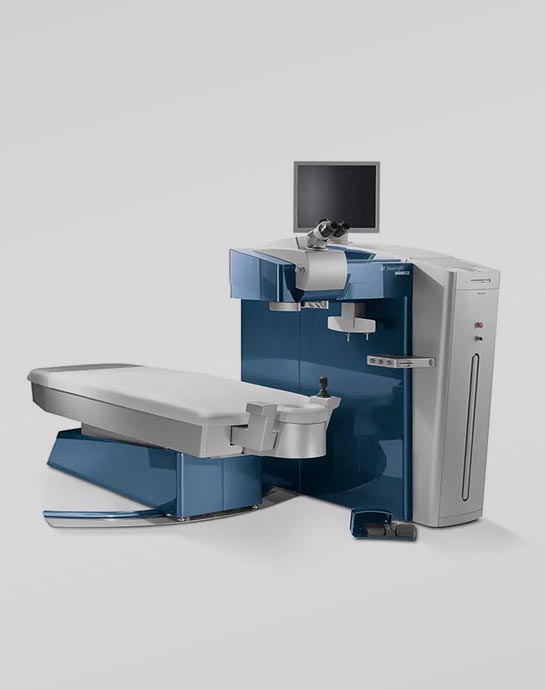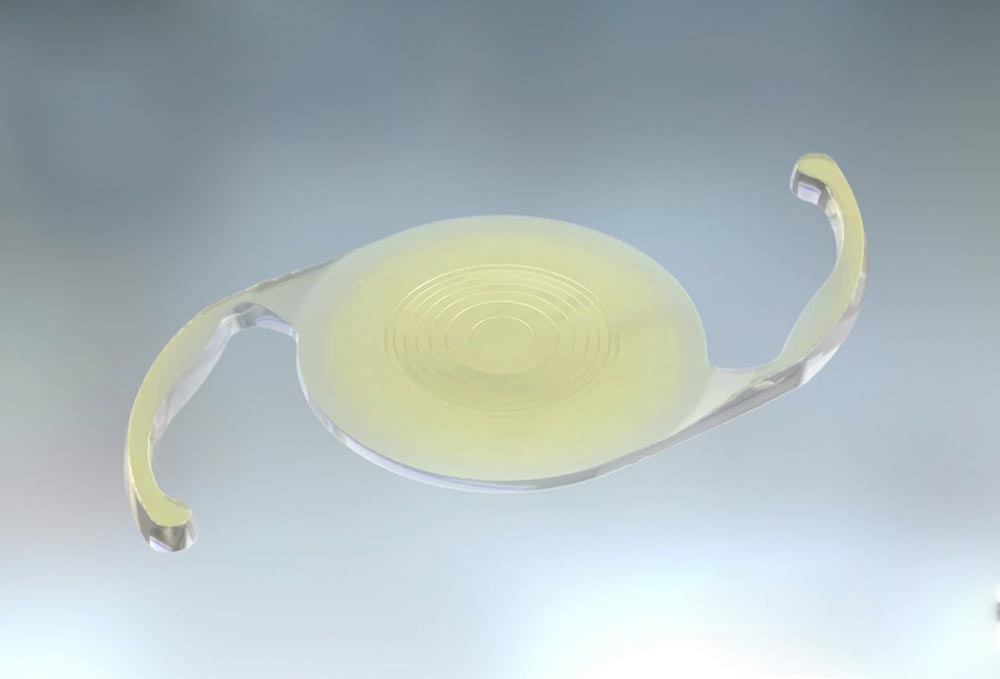Femtosecond Laser Cataract Technology


Advanced Laser Cataract Surgery in Austin with Westlake Eye Specialists
– A New Era in Refractive Cataract Surgery!
At Westlake Eye Specialists, we proudly offer laser cataract surgery in Austin using the state-of-the-art LenSx® Laser System—an innovative, bladeless approach that brings a new level of precision and personalization to cataract procedures.
Unlike traditional cataract surgery, the LenSx® laser uses a computer-controlled system to create highly accurate incisions and lens fragmentation, all tailored to your eye’s unique anatomy. This level of customization simply wasn’t possible with earlier techniques.
When you trust your vision to Westlake Eye Specialists, you’re choosing a team that combines compassionate care with the latest in laser cataract surgery technology. Our Austin-based ophthalmologists are committed to delivering clear, lasting results with a procedure that’s as unique as your eyes.
What is Laser Cataract Surgery?
We perform advanced laser cataract surgery in south Texas to help patients restore clear vision. Using the computer-controlled LenSx® laser, our team is able to break up the cloudy lens and remove it from the eye using real time, 3-D visualization. This ultra-precise method is quicker and more comfortable than the more traditional method of cataract surgery, allowing for truly customized treatment for your unique eye.
Advantages of Bladeless Laser Cataract Surgery
- Correcting Astigmatism with extremely precise laser incisions
- Using less energy in the eye to remove the cataract
- Provides extremely efficient and safe treatment for very hard or mature cataracts
- Protects the lens capsule during surgery and provides consistent implant placement
After Cataract Surgery: Austin Cataract Surgery
What happens after surgery?
For a few days after surgery, your doctor may ask you to use eye drops to help healing and decrease the risk of infection. Ask your cataract eye doctor about how to use your eyedrops, how often to use them, and what effects they can have. You will need to wear an eye shield or eyeglasses to help protect your eye. Avoid rubbing or pressing on your eye.
In most cases, healing will be complete within eight weeks. Your doctor will schedule exams to check on your progress. Each person heals differently so it is important to discuss the cataract surgery recovery with your eye doctor. If you have any questions regarding the after care, our Austin cataract surgeons are happy to answer any of your questions.
Yag Laser Capsulotomy: Laser Treatment After Cataract Surgery
When your cataract was removed, the natural lens of your eye was replaced with an intraocular lens implant or IOL. This clear lens implant is placed inside the clear natural lens capsule. Your vision is restored because the implant allows focused light to reach your retina, which sends visual messages to the brain. The YAG laser capsulotomy surgery is a laser surgery that approximately 80% of patients need months or years after cataract surgery if the posterior capsule gets cloudy with time. The YAG laser is available in our surgery center so capsulotomies can be performed when necessary.
Why YAG Laser Capsulotomy May Be Necessary
When the Capsule Becomes Cloudy
How YAG Laser Works
Before YAG Laser Capsulotomy
Your YAG Laser Experience
What Type of Vision Do You Want After Surgery?
Don’t Mind Wearing Glasses? Monofocal IOLs May Suffice

Multifocal IOLs

Extended Range of Vision IOL
Have Pre-Existing Astigmatism? Toric IOLs Correct Astigmatism
Importance of the Cataract Evaluation
If your cataracts are not affecting your daily life, you may not need cataract surgery right away. The best way to find out if you have cataracts and if the time is right for surgery is by scheduling a cataract evaluation at Westlake Eye Specialists. During the 1-hour evaluation, our doctors will assess your vision through a series of painless tests:
- Visual acuity
- Refractive error measurement
- Lens assessment
- Health of your retina
- Eye pressure measurement


